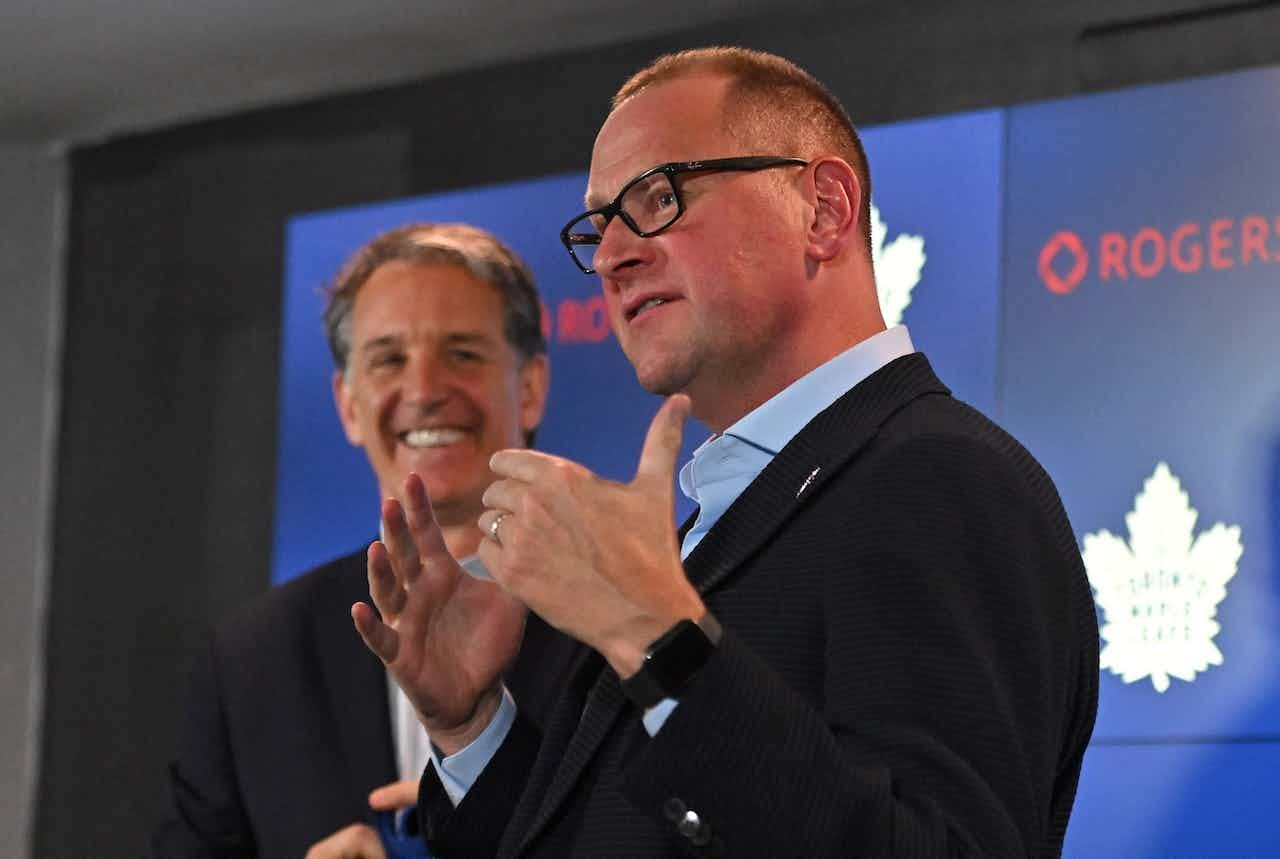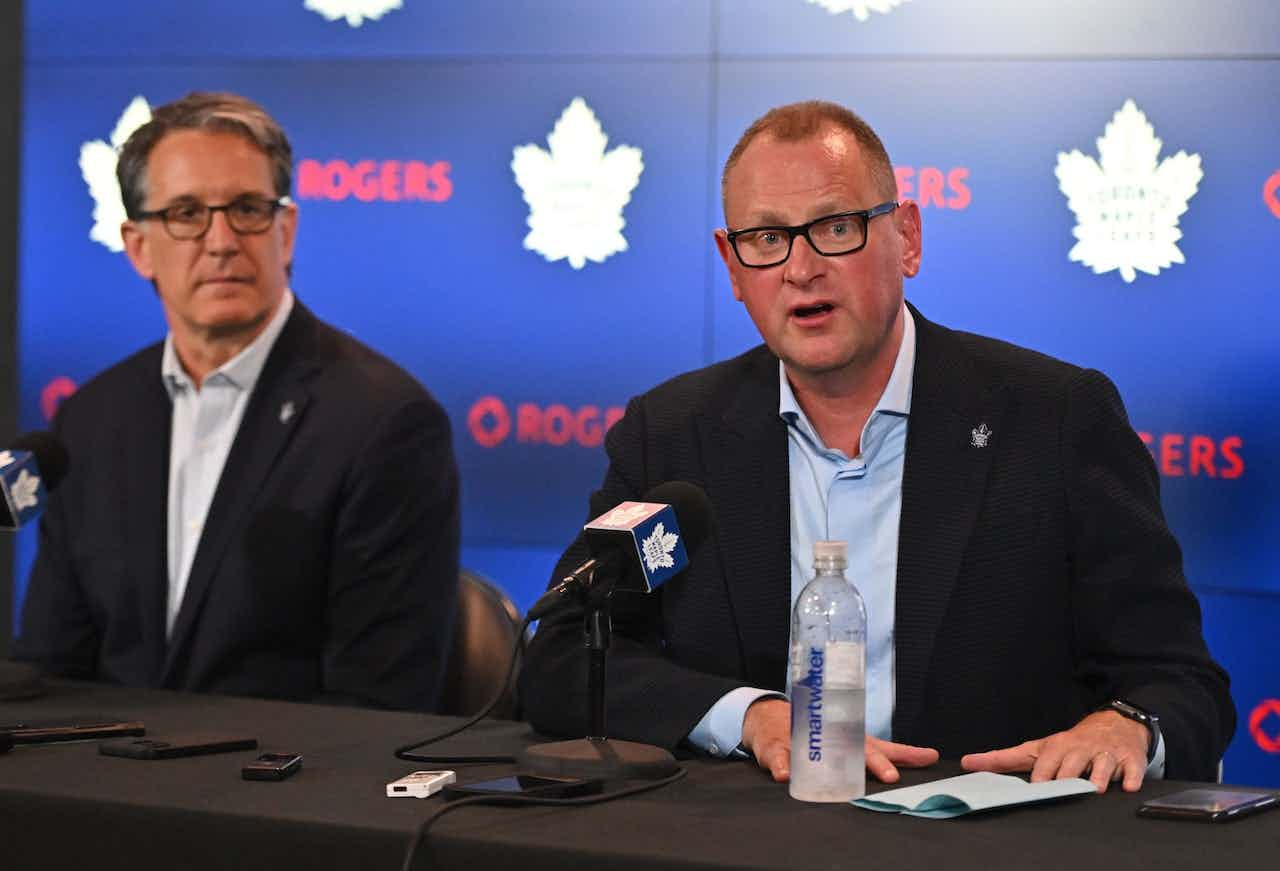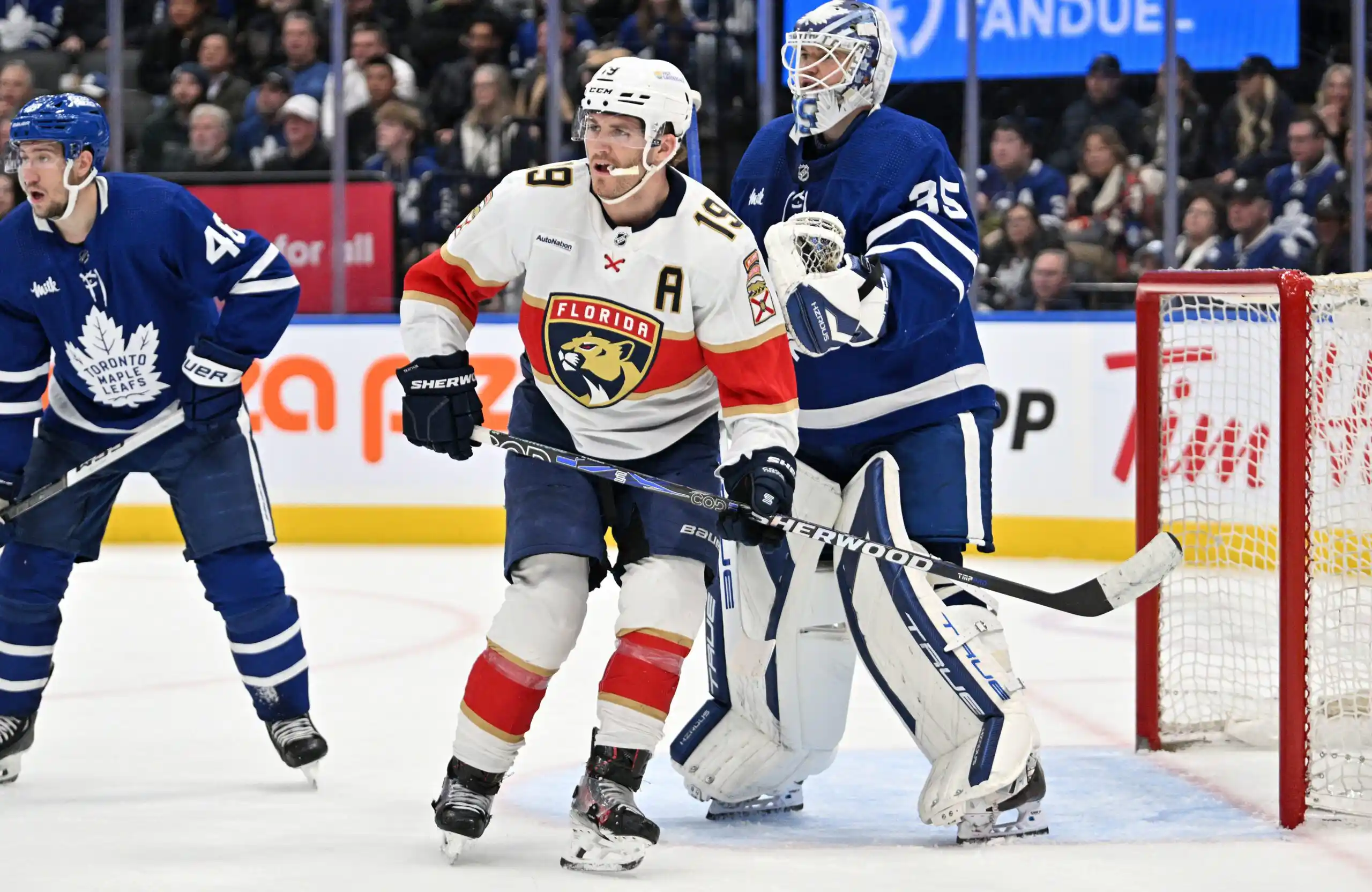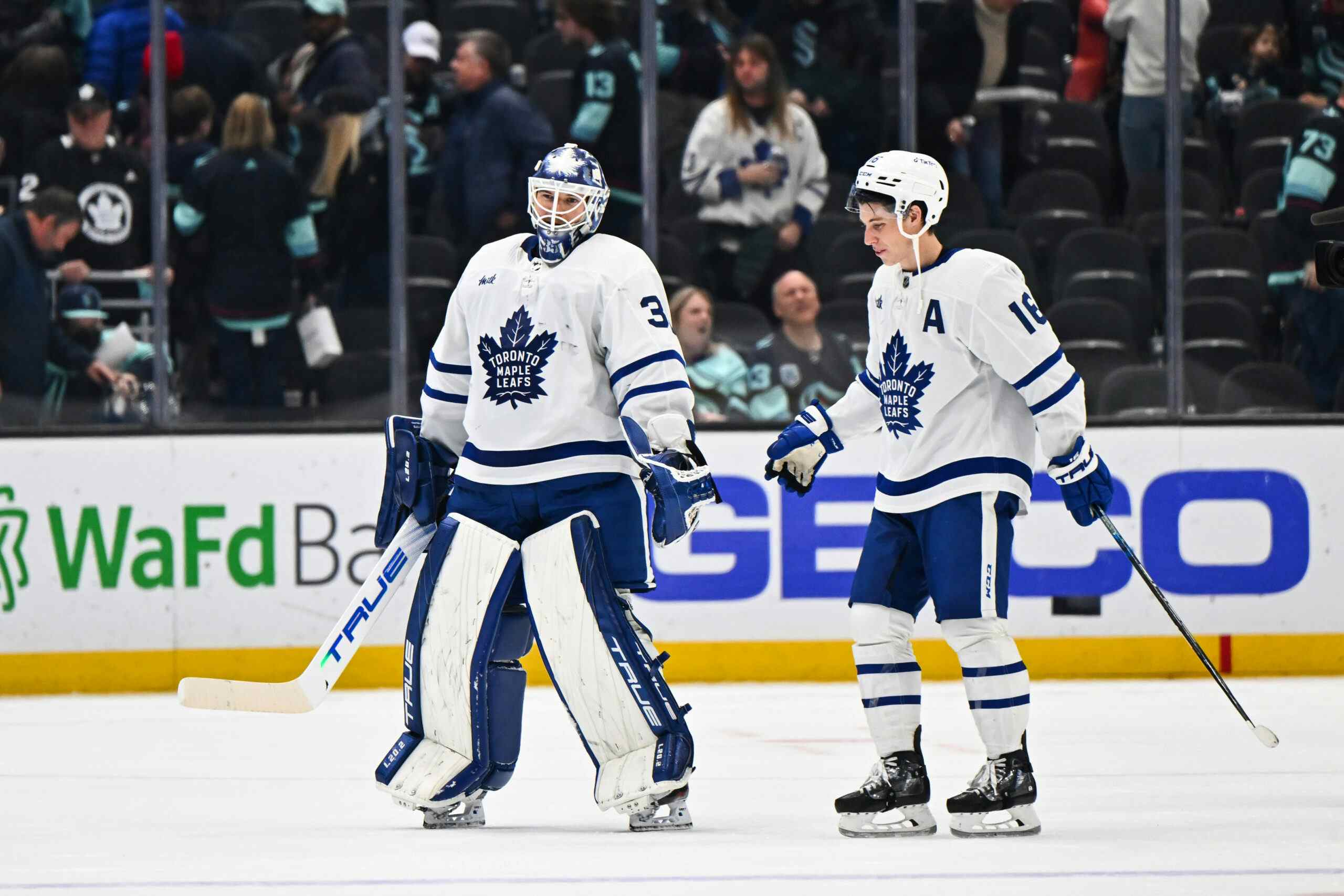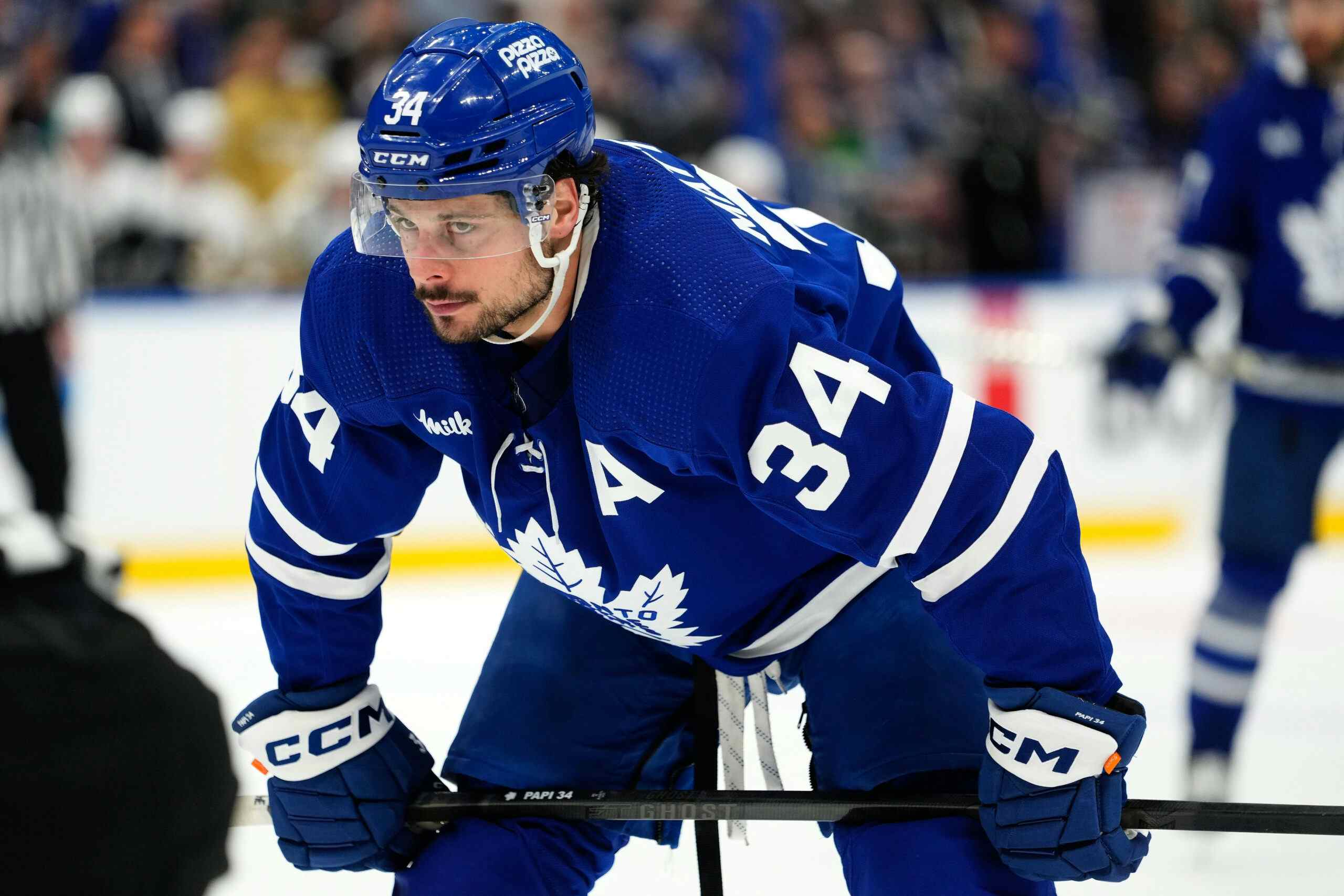Thoughts on the Roman Josi contract
By Cam Charron
10 years ago
If you’ve been reading me for a couple years, you’d know by now that I have a lot of respect for David Poile and Don Maloney, two general managers who had consecutive playoff appearances despite playing in small markets without big-name stars. Those teams are the Nashville Predators and Phoenix Coyotes, respectively, but you could probably add in Doug Armstrong of the St. Louis Blues and Garth Snow of the New York Islanders. The Blues were a floor team this season, won 29 games (4th in the NHL) after a year they won 49 games (also 4th in the NHL). They’ll probably have a higher salary cap this season, because they have four of their stars needing new contracts, but they drafted and developed possibly better than any team in the league, finding lots of hidden gems in the later parts of the first round.
Snow and the Islanders were the butt of jokes a year ago. The team’s long contract to nowhere with Rick DiPietro is a source of frustration. The team used bonus and deferred salary arrangements to meet the cap floor with its rookies to save money. But led by John Tavares this season, Snow assembled a team of players picked off the waiver wire and from other organizations that had no use for them—Lubomir Visnovsky’s actual salary was $2.6-million less than his cap hit—and their roster was good enough to make the playoffs and give the Pittsburgh Penguins a good run for their money in a six-game set.
The Toronto Maple Leafs are a big money team. Most big money teams, you’d think Vancouver and Philadelphia, are in tough salary cap positions headed into next season. This is because they spent lots of money on back-diving deals that are now a) not allowed and b) don’t really work. Turns out… players in their 30s aren’t as good as they were when they were in their 20s and signed those big deals. Brian Burke put the Leafs in a good spot because they have no long-term salary commitments, in place to poach some restricted free agents or make trades for some cheap talent as other teams are locked into long commitments and no-trade clauses. (As I wrote this, the Pittsburgh Penguins signed Evgeni Malkin to an 8-year contract with a $9.5-million cap hit that will definitely not be a headache five or six years from now)
Run like a small-market team, the Leafs had no success for years. With a good goaltender, they’d have made the playoffs a year or two during Burke’s tenure, but they didn’t. That said, while they didn’t spend lots of money on big name UFAs like Brad Richards, they also didn’t spend creatively so that they could use some extra space to leverage talent off of other rosters.
Which brings us to Roman Josi here.
This is some creative spending. For those unawares, Roman Josi is a 23-year-old defenceman who is 72nd in the NHL in points over his last two seasons, with 34 in 100 games. He had 18 in 48 games this season. He was 80th among NHL defencemen in ice-time and ended up alongside Shea Weber this season. In first-pairing minutes this season, he had a -0.9 Relative Corsi playing alongside Shea Weber. In essence, pretty good, not great, not the kind of player you would sign to a seven-year contract, but the underlying numbers suggest that Josi will one day be an excellent defenceman.
The Predators signed Roman Josi to a seven-year deal. According to Capgeek, here is how it breaks down:
2014: $2,500,000
2015: $3,000,000
2016: $4,000,000
2017: $4,250,000
2018: $5,000,000
2019: $5,525,000
2010: $4,000,000
2015: $3,000,000
2016: $4,000,000
2017: $4,250,000
2018: $5,000,000
2019: $5,525,000
2010: $4,000,000
AAV: $4,000,000
That is not a back-diving deal.

There is a passage from baseball writer Jonah Keri’s book about the Tampa Bay Rays and their re-build, entitled The Extra 2%.This is in a chapter centred around the concept of “Arbitrage” which “refers to any financial transaction in which you simultaneously buy one thing and sell another. The thing you’re buying is cheaper than the thing you’re selling.”
Put into hockey terms, when you look at the long back-diving pre-lockout deals, teams were buying two or three years of a player playing below his market worth, while selling five or six years of a player playing above his market worth. The Predators with the Josi contract are doing things in reverse. They’re buying cheap years at the end of the deal while selling Josi on the risk that he won’t turn out to be a player worth a salary cap hit found for a second-pairing defenceman. Josi gets financial stability in exchange for risking that he wouldn’t be able to make more money in three or four years after signing a bridge contract.
It’s similar to the minor league deal that the Rays gave to their one-time top prospect and now star player Evan Longoria. From Keri:
[Longoria’s agent Paul] Cohen proffered one last thought. “I told him what it would look like in the media, from an intellectual standpoint, if he signed the deal and became a star. I told him, if media perception was important, don’t do it.”Longoria decided the positives outweighted the negatives. No player had ever agreed to a contract quite like the one the Rays were proposing.…Three years into the deal, Longoria had fulfilled Cohen’s prophecy: he became a star, triggering criticism and even some mockery for signing the contract he did. According to FanGraphs’ win values, he earned nearly $85 million for Tampa Bay through 2010, with six years to go on the deal if the Rays trigger all three options—which, barring some cataclysmic event, they surely will. Longoria won Rookie of the Year in 2008, made the All-Star team in his first three seasons, and emerged as an MVP candidate. In his annual “MLB Trade Value” column, which considers a player’s ability, age, and contract status, then ranks the top fifty players in baseball based on who’d have the most value in trade, FanGraphs’ Dave Cameron ranked Longoria as the single most valuable commodity in the game in each of his first three MLB seasons.
When I heard about the contract, I instantly thought of Rays general manager Andrew Friedman and this passage. (Friedman appeared on Buster Olney’s Baseball Tonight podcast today if you’d like to hear more on what it’s like to build a baseball team in a small market) Josi is of course not a rookie, but generally with players like Josi who could trend in either direction, teams take the safe route and sign them to less years, risking spending more money on the team’s third deal. That’s how the Montreal Canadiens handled P.K. Subban, who tried to hold out in the winter for a longer, cheaper deal but settled for two.
It’s unlikely that Josi will win a Norris Trophy next season (Subban reportedly won this year’s) but obviously, that will make Subban’s contract more expensive. The money the Canadiens saved in the 2013 and 2014 seasons will be money that they have to pay their stud defenceman in 2015, 2016, 2017, 2018, and so on.
If Josi, who is a former 38th overall pick, continues developing like he has, he will be much better at age 25 or 26, when his second contract would be up. He would command a lot more money then, but there’s the risk he won’t continue along his path. Josi buys financial security for seven years, while the Predators buy their top-pairing defenceman for cheap by locking him up before he’s had a chance to really break out.
It’s tough to find a suitable comparable for Josi, because usually players that get long-term deals on the second contract are former top prospects like Drew Doughty and presumably Alex Pietrangelo this summer. Teams tend to pay for potential with their highest picked players (hi, Tyler Myers). John Carlson was taken 27th overall and has an AAV of $3.97-million a year, so very close to what the Predators are paying Josi. His deal is for six years, though. I’m not sure there’s enough data to show which of Carlson or Josi is decisively better but I’d presume they’re quite close. In exchange for an expensive UFA year tacked onto the end of the deal, it’s costing the Predators about $30,000 in cap space a season.

I like creative thinking. This is just one example. It doesn’t apply to any Maple Leaf, since Kadri had a very good contract year and the bridge contract would probably be preferable for the Leafs, and Cody Franson didn’t show enough underlying qualities to warrant a long-term deal after his first three seasons.
The Leafs don’t have to spend creatively like the Predators since they’re made of money, but there are still places they can. I liked Randy Carlyle’s initiative of improving the dressing room to become a more attractive landing spot for free agents and a more enjoyable atmosphere for current players, but I also like the idea of using an amnesty buy-out spot on another team’s player in exchange for a good prospect from that team, rather than Mike Komisarek (who only has one year left) or John-Michael Liles (who is an okay player).
Recent articles from Cam Charron

